Calumet Region – Illinois, USA
About
The Calumet Region is a wetlands area that encompasses the northeastern part of Illinois and northwestern part of Indiana that’s drained by the Grand Calumet River and the Little Calumet River. It’s part of the Great Lakes Basin, which is connected to the Atlantic Ocean. This area is commonly referred to as the “South Shore” as most of the area is on the south shore of Lake Michigan.
This area used to be rich in biodiversity, having over 45,000 acres of wet prairies and marsh areas, but these areas were lost, and subsequently the breeding marsh bird populations were decimated, due to the booming industry and need for factories. However, as the saying goes, everything old is new again! What ended up becoming known for its production of steel, minerals, and chemicals, and home to several workers’ rights movements, the Calumet Region is now a site for various habitat restoration projects. Fixing what was once polluted and destroyed by the manufacturing of harmful products, nonprofit groups routinely partner with the Forest Preserve District and the Chicago Park District to complete many restoration projects. This area contains various endangered dune, Swale, and moraine-based ecosystems, and with the help of The Field Museum and the Wetlands Initiative, plus plenty others, these sites have been restored and now hosts many rare and threatened species for the area, such as the Blanding’s turtle, the Common Gallinule, and the Black-crowned Night Heron.
Owen has made many trips to the Calumet Region to document as many birds as he can find, spotting even more species and large flocks with each new trip. Along with his amazing bird guide Steve Huggins, some of the species they have spotted so far are the Green Heron, Mute Swan, Caspian Tern, Red-shouldered Hawk, Northern Harrier, Black-and-white Warbler, Indigo Bunting, flocks and flocks of beautiful Red-winged Blackbirds, and so many more. There are still many more to be discovered, so Owen will continuously be visiting the Calumet Region and updating his species list.
© Owen Deutsch
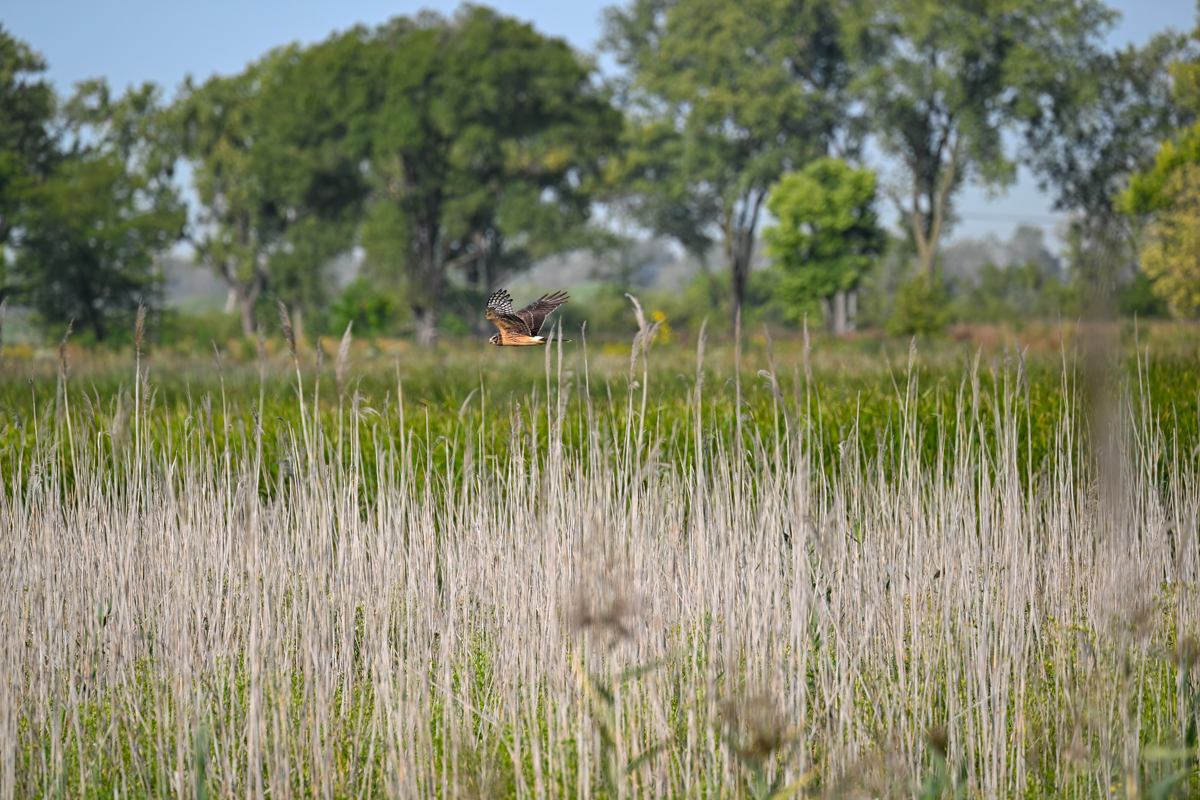
Birds found here
-

Indigo Bunting
Order
passeriformesFamily
cardinalidaeGenus (Similar Species)
Scientific Name
Passerina cyanea
-
Conservation Status
Least Concern
State
Gender
Male
Age
adult
-
Visual Category
Passerine (Perching) Birds -
Birding Sites and Lodges
Calumet Region - Illinois, USA
BIRD CALLS
Indigo Bunting
-
-
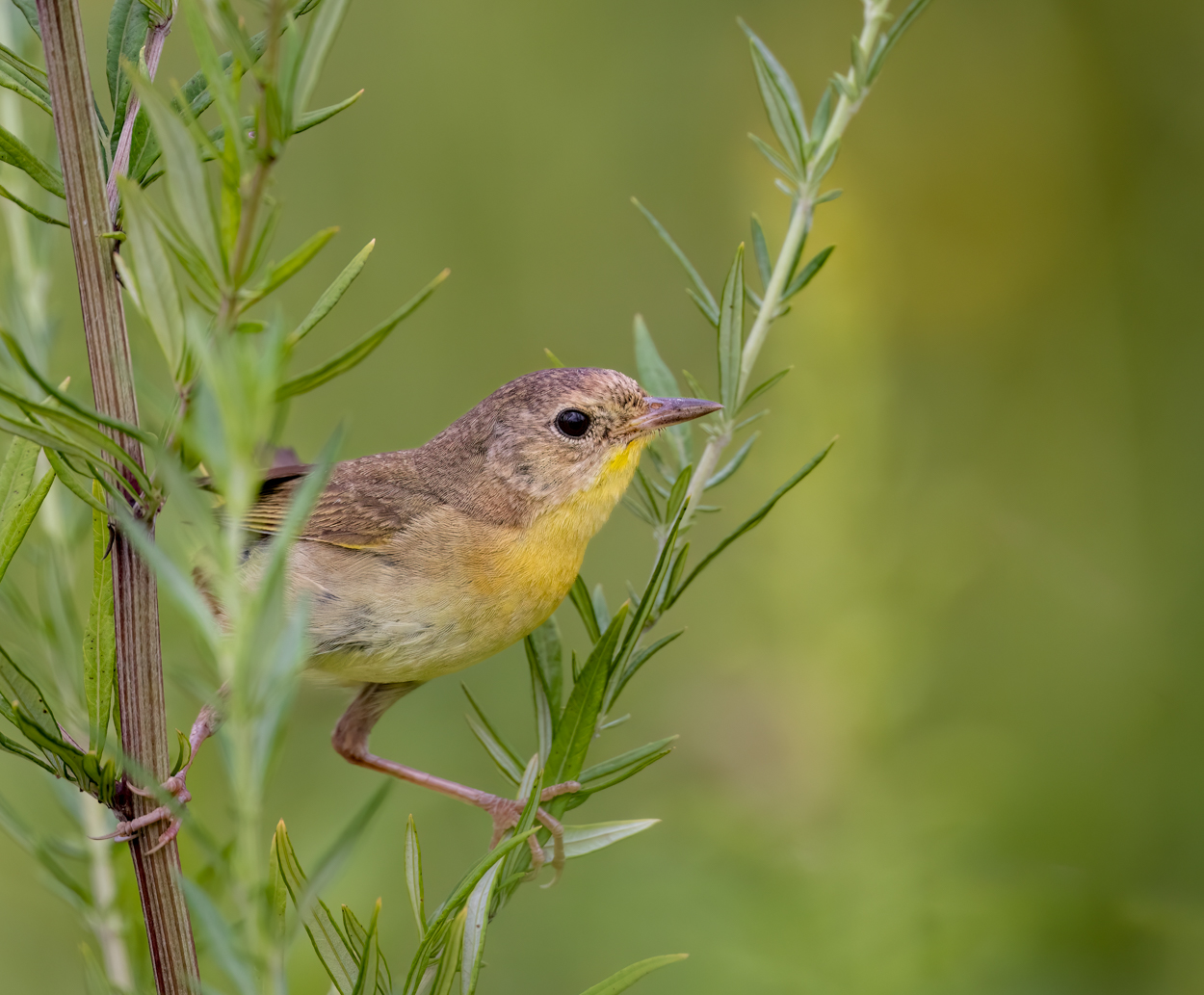
Common Yellowthroat
Order
passeriformesFamily
parulidaeGenus (Similar Species)
Scientific Name
Geothlypis trichas
-
Conservation Status
Least Concern
State
Gender
Female
-
Visual Category
Passerine (Perching) Birds -
Birding Sites and Lodges
Calumet Region - Illinois, USA
BIRD CALLS
Common Yellowthroat
-
-
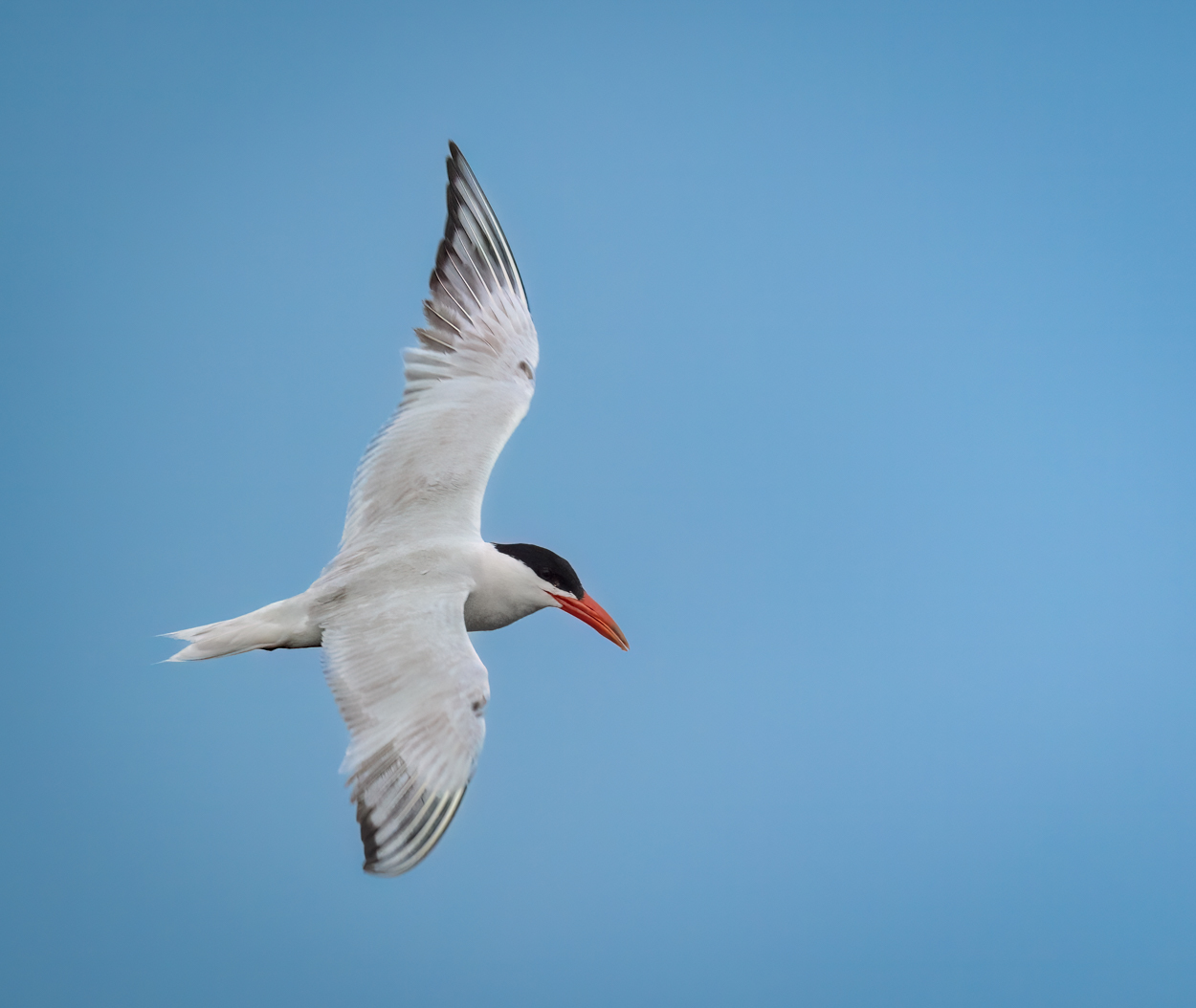
Caspian Tern
Order
charadriiformesFamily
laridaeGenus (Similar Species)
Scientific Name
Hydroprogne caspia
-
Conservation Status
Least Concern
State
Age
Adult
-
Visual Category
Aerialists -
Birding Sites and Lodges
Calumet Region - Illinois, USA -
Activity
Flight
BIRD CALLS
Caspian Tern
-
-
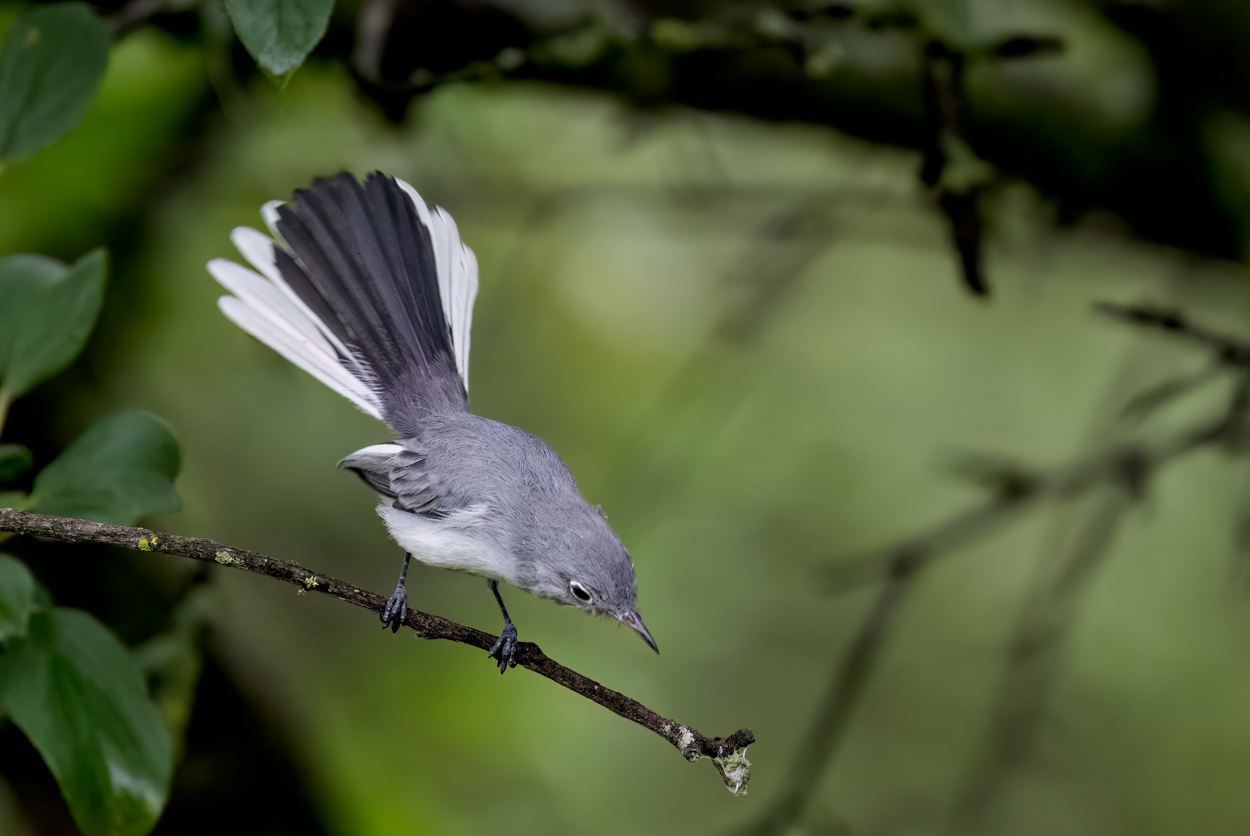
Blue-grey Gnatcatcher
Order
passeriformesFamily
polioptilidaeGenus (Similar Species)
Scientific Name
Polioptila caerulea
-
Conservation Status
Least Concern
State
-
Visual Category
Passerine (Perching) Birds -
Birding Sites and Lodges
Calumet Region - Illinois, USA
BIRD CALLS
Blue-grey Gnatcatcher
-
-
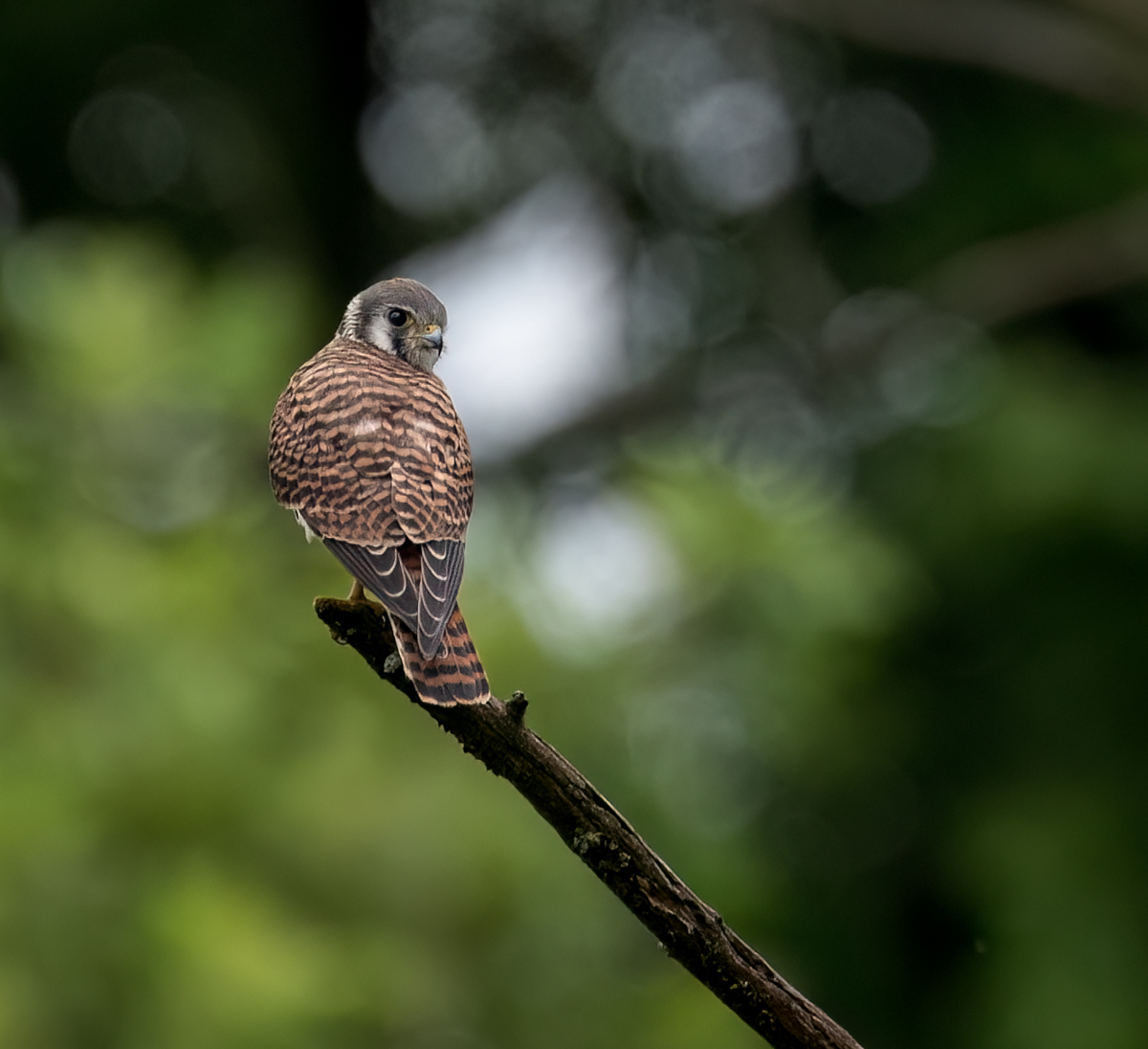
American Kestrel
Order
falconiformesFamily
falconidaeGenus (Similar Species)
Scientific Name
Falco sparverius
-
Conservation Status
Least Concern
State
Gender
Female
-
Visual Category
Birds of Prey -
Birding Sites and Lodges
Calumet Region - Illinois, USA
BIRD CALLS
American Kestrel
-



